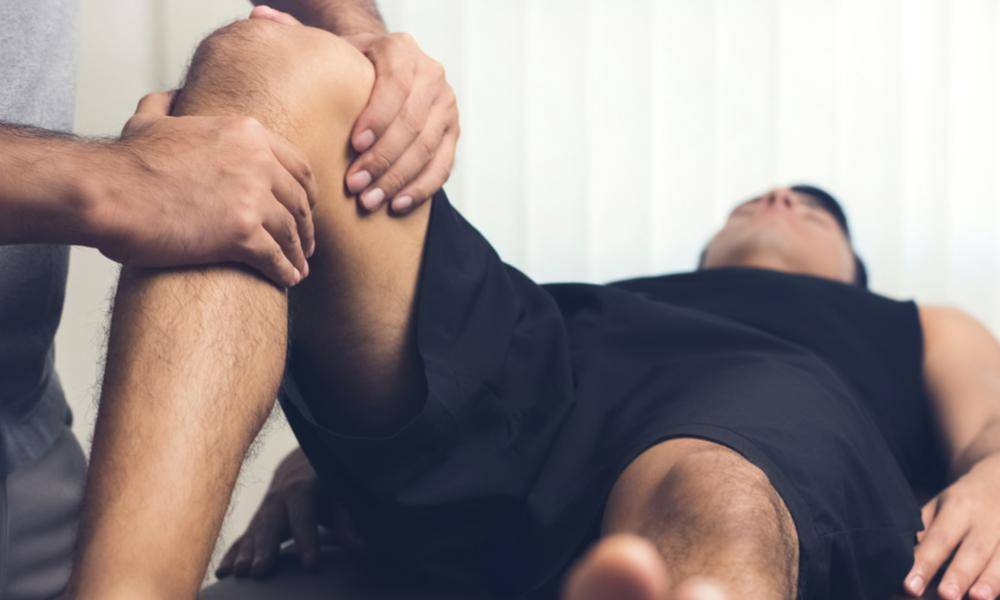Osgood-Schlatter Disease (OSD) is a common condition in children that can cause joint pain and a range of other symptoms. If left untreated, OSD can lead to serious complications such as kneecap dislocation. In this blog post, we will provide a guide to physical therapy for Osgood-Schlatter Disease. We will discuss the symptoms, how physical therapy can help, and what to expect during treatment.
Contents
What Is Osgood-Schlatter Disease?
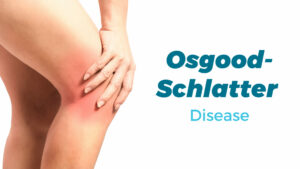
Osgood-Schlatter disease, or Osgood-Schlatter syndrome, is a type of joint disorder that affects the feet and knees. The syndrome is named after two American doctors, Osgood and Schlatter, who first described it in the 1920s. The disease is caused by overuse of the foot or knee joint, which can lead to inflammation and tears in the cartilage tissue. Treatment typically involves rest and physical therapy to restore the range of motion and reduce pain.
The signs of this disorder may include pain and swelling around the joint, difficulty walking or standing, and difficulty moving the affected joint. Osgood-Schlatter disease can also lead to a decrease in the production of cartilage, which can cause instability in the knee. If left untreated, Osgood-Schlatter disease can cause permanent damage to the joints.
Sometimes, Osgood-Schlatter disease is preceded by a bone fracture or other injury to the joint. If you experience any of the signs and symptoms of this disorder, please consult your doctor for a diagnosis.
Treatment for Osgood-Schlatter disease typically focuses on restoring the range of motion and reducing pain. In some cases, surgery may be required to remove torn cartilage or fix a joint that has become unstable. Physical therapy is also often recommended to help improve mobility and reduce pain.
Physical Therapy Guide For Osgood-Schlatter Disease
Osgood-Schlatter disease is a condition that most commonly affects children, but can also occur in adults. Osgood-Schlatter disease is a type of collateral damage caused by overuse of the quadriceps muscles.
The disorder is usually treated with physical therapy. Physical therapy may involve stretching and strengthening exercises to improve the flexibility of the muscle and joint capsule. In some cases, surgery may be required to correct the underlying problem. People may choose to undergo physical therapy if they have Osgood-Schlatter disease and are not satisfied with the results of self-care measures.
Sometimes, people with Osgood-Schlatter disease have other conditions, such as adductor tendinitis, that make physical therapy more difficult to manage. Complications from Osgood-Schlatter disease can include tears in the muscle or tendon, arthritis, and even a fracture. If you have Osgood-Schlatter disease and are considering physical therapy, be sure to discuss your condition with your doctor first.
Types of Physical Therapy Guide For Osgood-Schlatter Disease
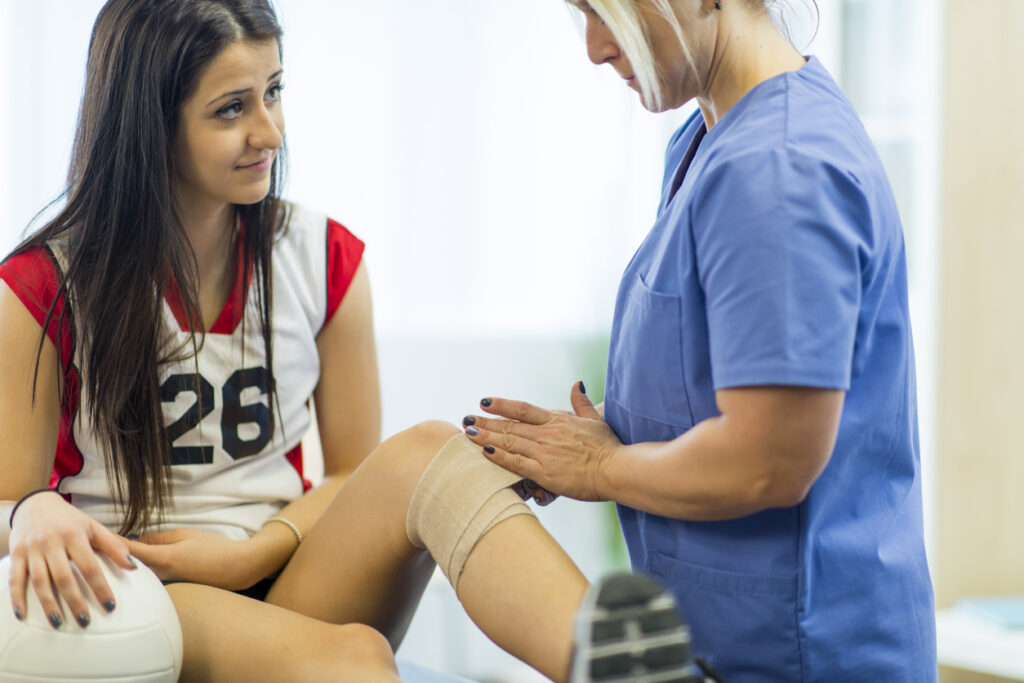
There are many different types of physical therapy for Osgood-Schlatter Disease, and the therapist will need to tailor the therapy specifically to your case.
Some of these types of therapy include:
Stretching
To prevent injury and improve joint function, it is important to stretch regularly. Stretching can help reduce inflammation and pain in the joints, as well as improve the range of motion. The following exercises are recommended for people with Osgood-Schlatter disease:
• Quadriceps Stretch: Place your feet hip-width apart and press down into the balls of both feet to stretch your quadriceps muscles. Hold for 30 seconds.
• Hamstring Stretch: Lying on your back with your legs bent at 90 degrees, place your palms flat on the ground behind you. Pull your heels towards your buttocks while keeping your back straight. Hold for 30 seconds.
• Calf Stretch: Standing with one foot in front of the other, hinge at the hips until you feel a stretch in the calf muscle. Hold for 30 seconds before repeating on the other leg.
Exercises
The following exercises can be used to help improve range of motion, flexibility, and balance.
1. Range of Motion exercises:
a) Static stretching: Stretching the muscle group until it feels tight, then holding the stretch for 30 seconds to 1 minute. Hold each stretch for at least 30 seconds.
b) Dynamic stretching: Stretching the muscle group until it feels warm, then moving the muscle through its full range of motion. Hold the stretch for 10 seconds to 1 minute.
c) Strength training: Working out the targeted muscle groups two days per week will help improve strength and stability in the ankle joint. Choose weight-bearing exercises that focus on your ankle’s main muscles (the gastrocnemius, soleus, and tibialis anterior). Avoid exercises that involve jumping or high-impact movements.
Taping and Bracing of Muscles
Osgood-Schlatter disease is a condition that affects the muscles and bones in the lower leg. Physical therapy for Osgood-Schlatter disease includes taping and bracing of the muscles and joints. Taping techniques can help protect the muscles from damage while bracing can provide support to the bones. Also, Taping and bracing can help reduce the risk of reinjury in people with OSS. Taping techniques include using athletic tape or self-adhesive bandages to apply pressure to the injured area. Bracing techniques involve wearing a brace around the injured area to support the muscle and prevent it from stretching. Both types of taping and bracing can be used for short-term or long-term treatment.
Massage Therapy
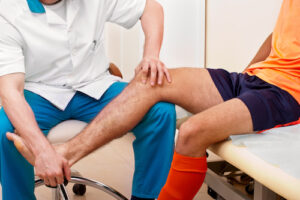
Massage therapy is often used to treat OSD because it can improve joint pain and range of motion. This Massage also helps reduce inflammation and promote healing. Therapists may use dry or wet massage techniques. Wet massage is more relaxing, while dry massage is more stimulating.
Massage therapy can help relieve pain and improve the range of motion in the joint. By working on specific areas of the body that are affected by Osgood-Schlatter disease, your therapist can help you to regain your ability to move freely and enjoy life without pain. When performed regularly, massage therapy can also decrease inflammation in the knee, which is important in preventing further damage to the joint.
If you are suffering from Osgood-Schlatter disease or any other type of knee arthritis, be sure to speak with your physical therapist about how massage therapy can help you recover.
Uses of Physical Therapy Guide For Osgood-Schlatter Disease
Osgood-Schlatter disease is a form of knee injury that most commonly afflicts young children. The condition usually resolves on its own but can result in recurrent episodes over time. Physical therapy may help improve the healing process and reduce the likelihood of future recurrences. Here are some common uses for physical therapy in cases of Osgood-Schlatter disease:
Strengthening the muscles around the knee joint to prevent flexion ( bending ) or extension ( stretching ).
This is one of the uses of physical therapy that is most commonly recommended for Osgood-Schlatter disease. Physical therapists will often recommend exercises and stretch to help increase muscle strength and stability around the knee joint.
Reducing inflammation and pain. Inflammation is a common complication in cases of Osgood-Schlatter disease, and physical therapists can help reduce the inflammation by using various treatments such as heat, ice, or massage.
Preventing or reducing the number of recurrences. Physical therapy may help improve the healing process and reduce the likelihood of future recurrences. Also, physical therapists may recommend exercises and stretch to help improve joint mobility.
Improving joint range of motion. This allows the injured joint to move in all directions, which helps it heal properly and reduces the risk of recurring problems. Sometimes physical therapists may also recommend devices or surgery to improve the range of motion.
Physical therapy can be a helpful tool for treating Osgood-Schlatter’s disease. However, it is important to speak with a physical therapist about your specific case to ensure that the treatment plan is specifically tailored to your needs.
Steps To Take Before Physical Therapy Guide For Osgood-Schlatter Disease
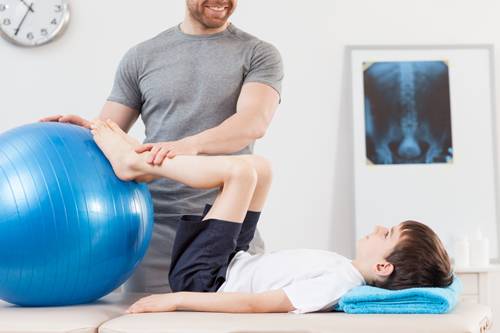
If you or someone you know is experiencing pain and stiffness in the legs, it is important to get help. Osgood-Schlatter disease (OSD), also known as tibial plateau syndrome, is a condition that can be caused by overuse of the legs and often requires physical therapy. Here are some tips on how to start physical therapy:
Make Sure To Discuss Questions
Asking your doctor questions about your condition is important. You may want to ask about the cause of your pain, what treatments are available, and what you can do to prevent the condition from getting worse. It is also important to ask about the side effects of any treatment options. Sometimes, physical therapy can be uncomfortable, so it is important to know what to expect.
Be sure to discuss any questions or concerns you have with your doctor before starting physical therapy.
Get A Referral
To see a physical therapist, you will need a referral from your doctor. Your insurance company may also require a referral. Be sure to get all the necessary referrals before making an appointment.
Choose The Right Physical Therapist
Not all physical therapists are created equal. You will want to find a therapist who has experience treating OSD and who you feel comfortable with. Ask family and friends for recommendations, or look for online reviews. Once you have found a few potential therapists, make sure to schedule an initial consultation to see if they are a good fit for you.
Prepare For Your First Visit
When you go to physical therapy for the first time, you will likely be asked to fill out paperwork. This paperwork will ask about your medical history, current symptoms, and other important information. Be sure to answer these questions truthfully so that your therapist can develop an effective treatment plan.
You will also be asked to complete some simple exercises during your first visit. These exercises will help your therapist assess your condition and develop a customized treatment plan.
After your first visit, you will likely be scheduled for additional appointments. These appointments will typically last 30-60 minutes and may be scheduled several times per week.
Get A Written Prescription For Physical Therapy
To get the most out of therapy, it is important to have a written prescription from your doctor. This will help ensure that you receive the right type of therapy and that your insurance will cover the cost of treatment. This prescription should be given to your therapist on your first visit.
Follow Through With Treatment
It is important to follow through with your physical therapy treatment plan. This may require making some lifestyle changes, such as modifying your diet or exercising more regularly. But if you stick with it, you will likely see a reduction in your symptoms and an improvement in your overall health.
These are just a few tips on how to start physical therapy for Osgood-Schlatter’s disease. Be sure to discuss any questions or concerns you have with your doctor before beginning treatment. Once you start therapy, be sure to follow through with the prescribed treatment plan to see the best results.
Conclusion
Osgood-Schlatter disease (OSD) is a condition that results in knee pain in adolescents. The pain is generally the result of inflammation of the patellar tendon at the point where it attaches to the tibia or shinbone. Physical therapy for OSD generally focuses on strengthening the muscles around the knee, as well as stretching and exercises to improve the range of motion. Surgery is rarely required.
While there is no cure for OSD, symptoms can often be managed with conservative treatment methods. If you are experiencing pain due to Osgood-Schlatter disease, talk to your doctor or physical therapist to develop a treatment plan that is right for you.
Physical Therapy help patients recover from pain. If you’re experiencing Back pain, Shoulder pain, Knee pain, Neck pain, Elbow pain, Hip pain, or Arthritis pain, a physical therapist at MantraCare can help: Book a physiotherapy session.
